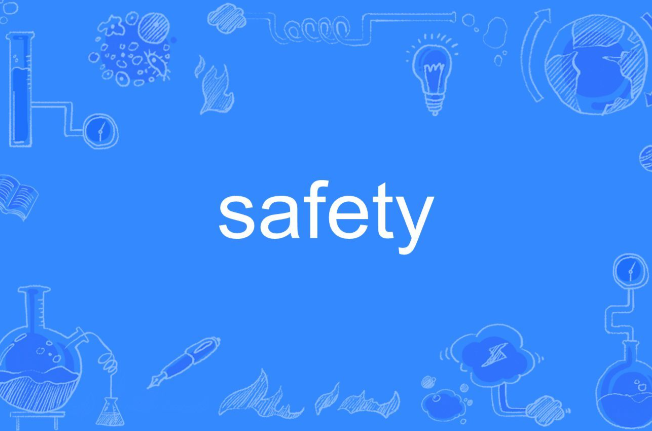What Is California SB 53?
California SB 53 AI Safety Transparency is a landmark law requiring companies developing advanced AI systems to publicly disclose their safety protocols, risk assessments, and mitigation strategies. This is not just another tech regulation—SB 53 sets a new national benchmark for AI Safety by demanding real transparency from those developing cutting-edge AI. The aim? To ensure AI is created and used in ways that are safe, ethical, and in the public interest.
Why Is AI Safety Transparency Important?
As AI systems become more powerful—think generative AI, autonomous agents, and decision-making bots—the risks of unintended consequences are rising fast. AI Safety is about avoiding misuse, bias, and catastrophic failures. By requiring transparency, California SB 53 brings clarity to how AI models are trained, tested, and secured. This builds public trust and gives regulators, researchers, and watchdogs the information needed to keep AI accountable.
How Will California SB 53 Change the AI Industry?
Here's what to expect as California SB 53 AI Safety Transparency is implemented:
Public Disclosures: Companies must publish detailed reports on their AI safety procedures and risk management plans.
Standardised Reporting: The law sets clear guidelines for what must be disclosed, making it easier to compare AI developers.
Accountability: With greater transparency, companies must take AI safety seriously or risk public and legal consequences.
Innovation Pressure: Developers are encouraged to adopt best practices and document their work, leading to safer, more reliable AI.
National Influence: As California leads, other states and possibly federal regulators could follow with similar laws.

Step-by-Step: What Companies Must Do Under SB 53
Conduct Comprehensive Risk Assessments
Every company developing advanced AI must begin with a thorough risk assessment. This means identifying all possible ways their AI models could cause harm—whether through bias, security weaknesses, or unintended behaviours. The assessment should cover data sources, model training, deployment scenarios, and edge cases. It is not a one-off; assessments must be updated as the AI evolves or new risks appear. The process should involve a cross-disciplinary team, including ethicists, engineers, and legal experts, to ensure every angle is covered.Develop and Document Safety Protocols
Once risks are identified, companies must create clear safety protocols. These are step-by-step plans for preventing, detecting, and responding to potential harms. Every protocol must be documented, regularly reviewed, and updated. This includes data privacy measures and adversarial testing. Protocols should also specify who is responsible for each safety task and what escalation procedures exist for emergencies.Publish Transparency Reports
Transparency is not just internal. Under California SB 53, companies are required to publish regular, detailed reports outlining their AI safety efforts. These must be accessible to the public and include information about risk assessments, mitigation strategies, testing results, and any incidents or near-misses. The goal is to allow external stakeholders—regulators, researchers, and the public—to scrutinise and understand how AI safety is managed.Implement Ongoing Monitoring and Auditing
AI safety is never 'set and forget'. Companies need ongoing monitoring systems to track AI models in real time and detect new risks. Independent audits (third-party or internal) are encouraged to ensure compliance with SB 53. This continuous oversight helps catch issues early and demonstrates a real commitment to responsible AI.Engage Stakeholders and Respond to Feedback
Companies must engage with stakeholders—users, advocacy groups, regulators, and critics. This means creating feedback channels, responding transparently to concerns, and being open to changes when legitimate issues are raised. Engagement is not just good PR; it is key to building trust and ensuring AI serves the public good.
What Does SB 53 Mean for the Future of AI?
California SB 53 AI Safety Transparency is a wake-up call for the tech industry. By making AI Safety a matter of public record, it forces everyone—from startups to tech giants—to take responsibility for the technology they create. This law could become a blueprint for future regulations across the US and globally. For users and businesses, it means more trustworthy, safer AI. For developers, it is a chance to lead with integrity and set new standards for the world.
Conclusion: Why California SB 53 Is a Game Changer
The introduction of California SB 53 AI Safety Transparency marks a pivotal moment in the evolution of artificial intelligence governance. By mandating transparency and accountability, California is setting a powerful example for the rest of the country—and the world. If you care about the future of AI, keep a close eye on how this law unfolds. It is not just about compliance; it is about building a safer, smarter, and more ethical digital future for everyone.








